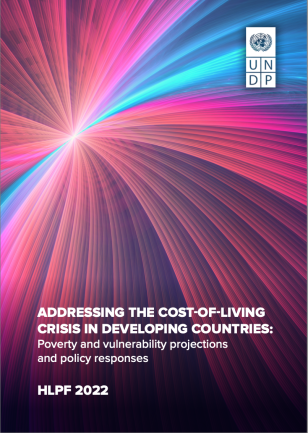Addressing the cost-of-living crisis in developing countries: Poverty and vulnerability projections and policy responses

Addressing the cost-of-living crisis in developing countries: Poverty and vulnerability projections and policy responses
July 7, 2022
The ripple effects of the war in Ukraine have disrupted energy and food markets. Among many other factors, supply chain disruptions and price spikes in key commodities have been pushing the world towards a precarious inflationary surge. This will have immediate and devastating effects on household welfare—with those in poverty and near-poverty typically hit hardest due to their higher energy and food budget share— posing significant policy challenges to governments during the response. This paper estimates the potential effects of food and energy inflation on global poverty and vulnerability and simulates the welfare loss mitigation potential of two policy options: blanket energy subsidies and targeted cash transfers. The results suggest that soaring food and energy prices could push up to 71 million people into poverty, with clear hotspots in the Caspian Basin, the Balkans, and Sub-Saharan Africa (particularly in the Sahel). We find that targeted and time-bound cash transfers are the most effective policy tool to address the impacts.

 Locations
Locations




